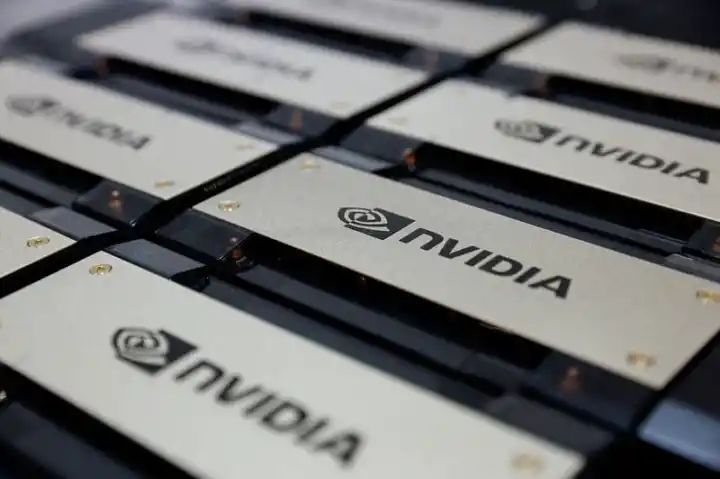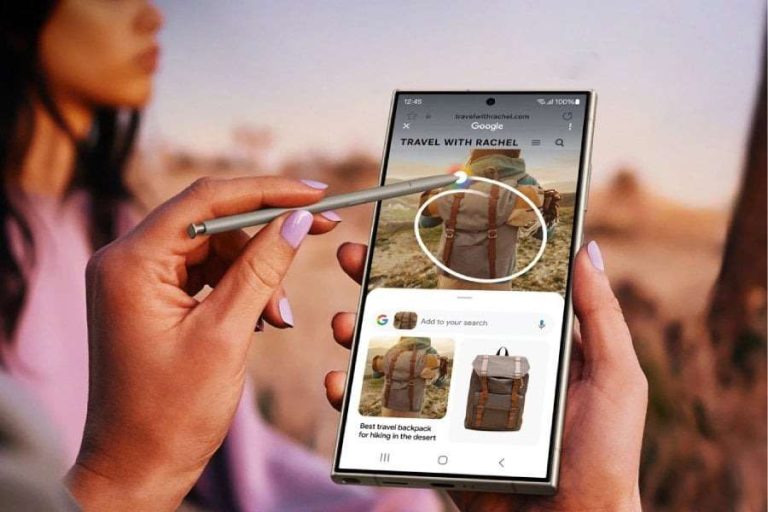Evolution Of OTT: How Streamers Took Over Traditional Media In India

In a world where we straddle multiple screens, it’s difficult to imagine a time when India’s national broadcaster first went on air.
This tremendous feat was pulled off in 1959 with just 21 TV sets and a low-power transmitter cobbled together by engineers at the All India Radio in Delhi. By 1965, India got its first daily news bulletin which relayed the significant developments of the nation. But it took another eight years to roll out this offering to Mumbai and by 1975, viewers in Kolkata, Chennai, Srinagar, Amritsar and Lucknow got to tune in too.
The programming on Doordarshan evolved over the decades from Krishi Darshan and Chitrahaar to Ramayana, Malgudi Days, and Hum Log. But being the only channel meant that viewers memorised programme schedules and invariably knew exactly what would air when. Flipping through channels wasn’t an option as there was only one. This was until 1975 when Doordarshan launched DD Bangla, its first regional channel and subsequently went on to introduce 11 regional channels by 1993.
Another remarkable landmark in India’s broadcast history was the introduction of colour television. In 1982, 23 years after its first broadcast, Doordarshan aired its first colour programme: the live broadcast of the Independence Day parade. At the time, the German brand ITT Schaub-Lorenz and Korean companies Goldstar and Samsung were the only colour TV brands allowed to be imported into the country.
The biggest ripple in Indian broadcasting, however, was with the advent of satellite TV. From just a handful, Indians suddenly began flipping across dozens of channels catering to a range of shows, movies, sports, music and more. With private satellite channels such as Zee and Star launching in 1992, viewers were exposed to a deluge of content like never before.





